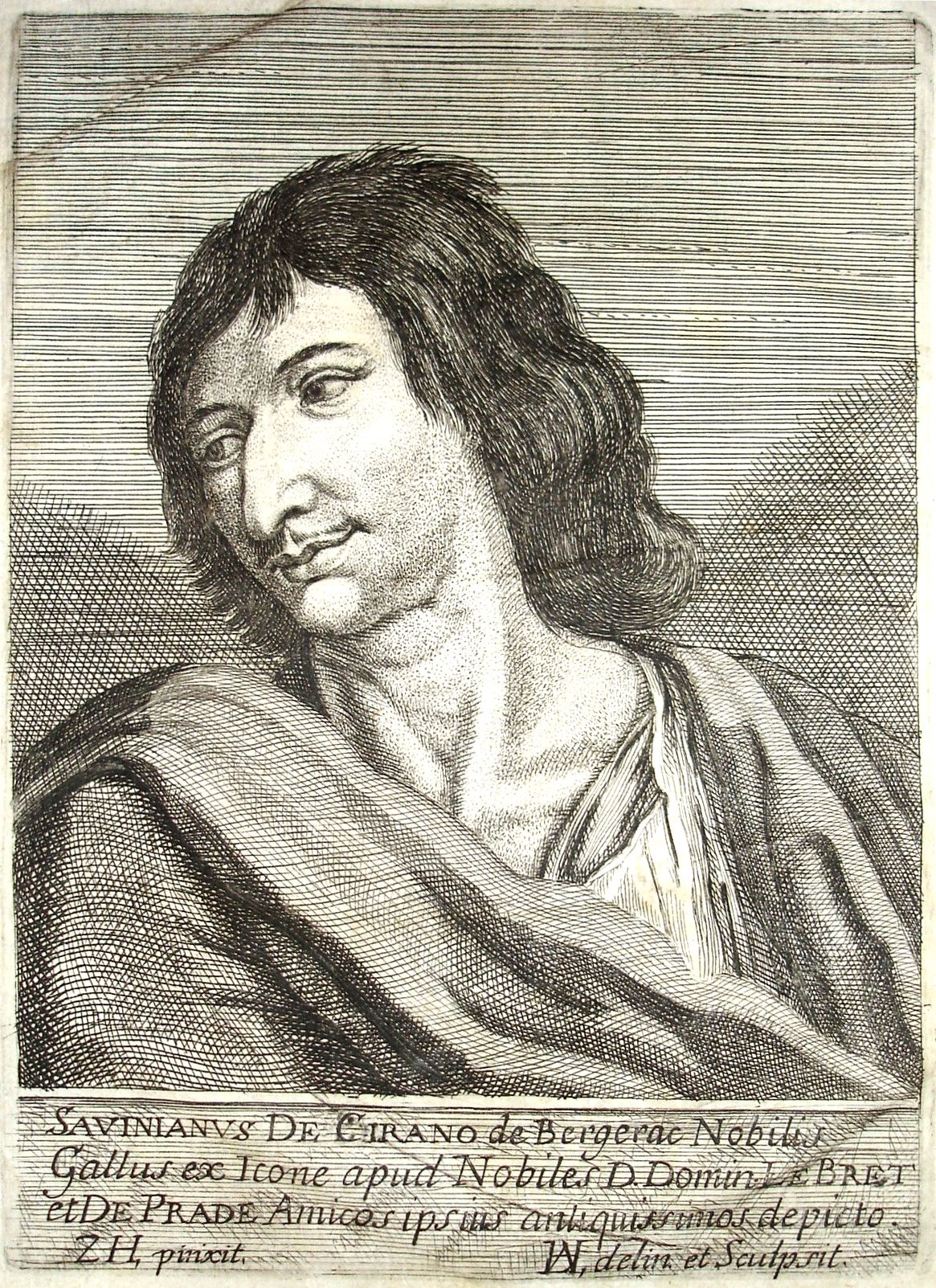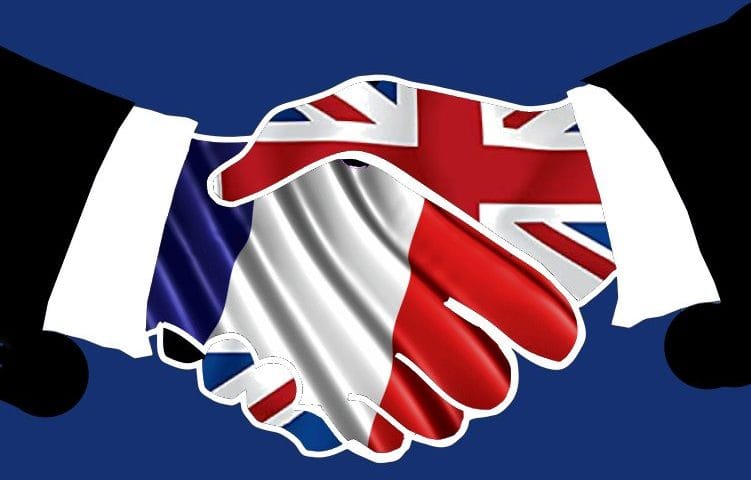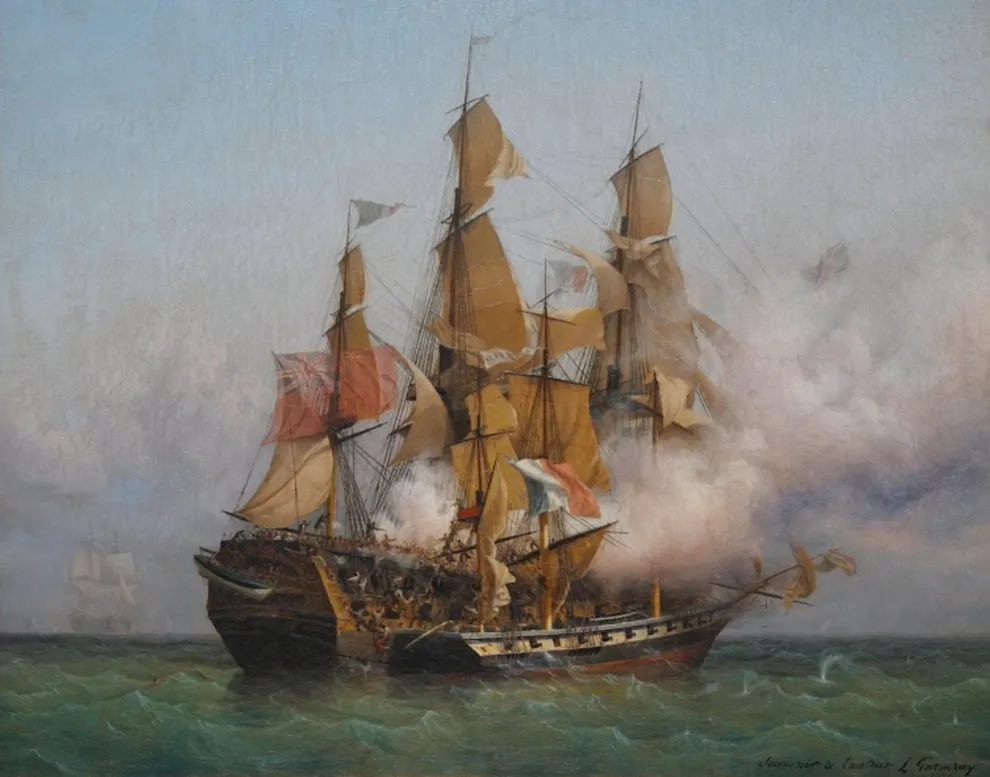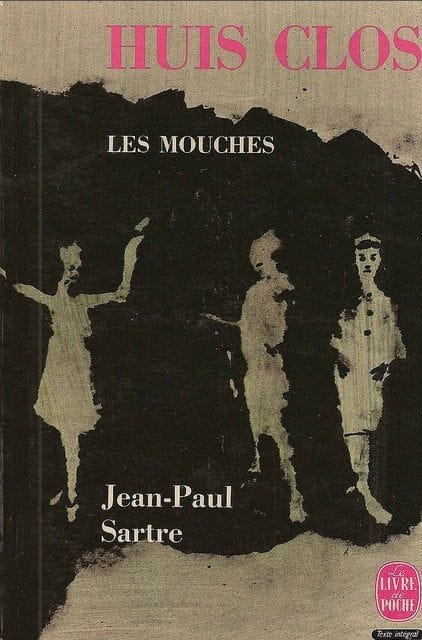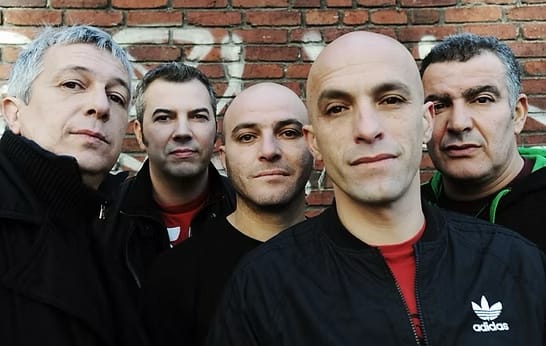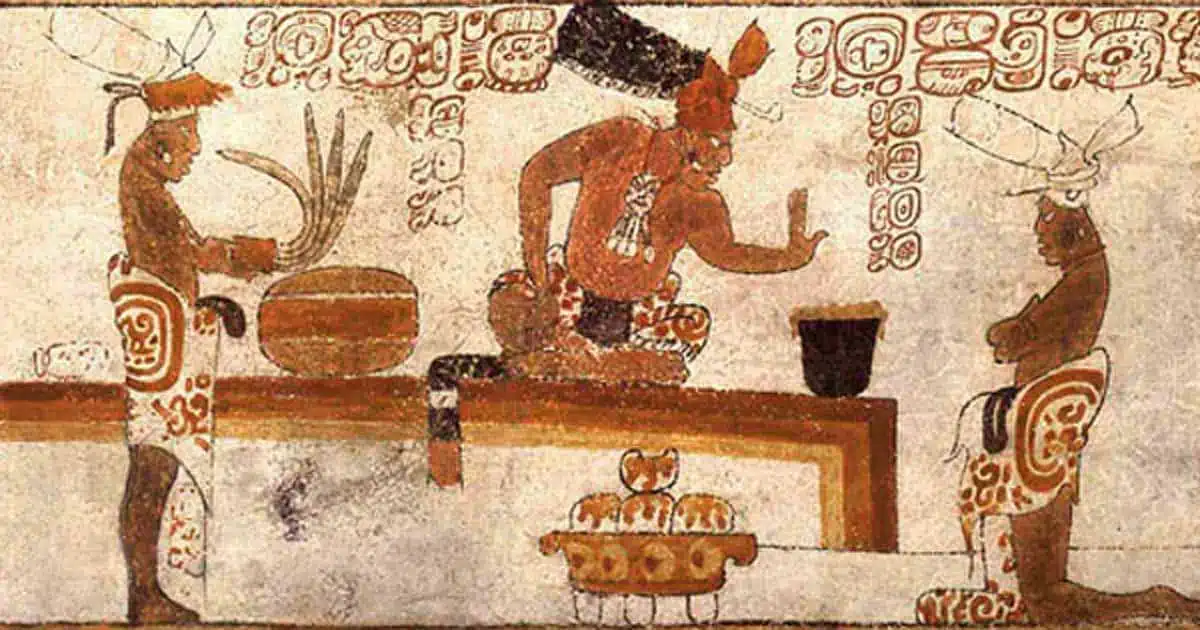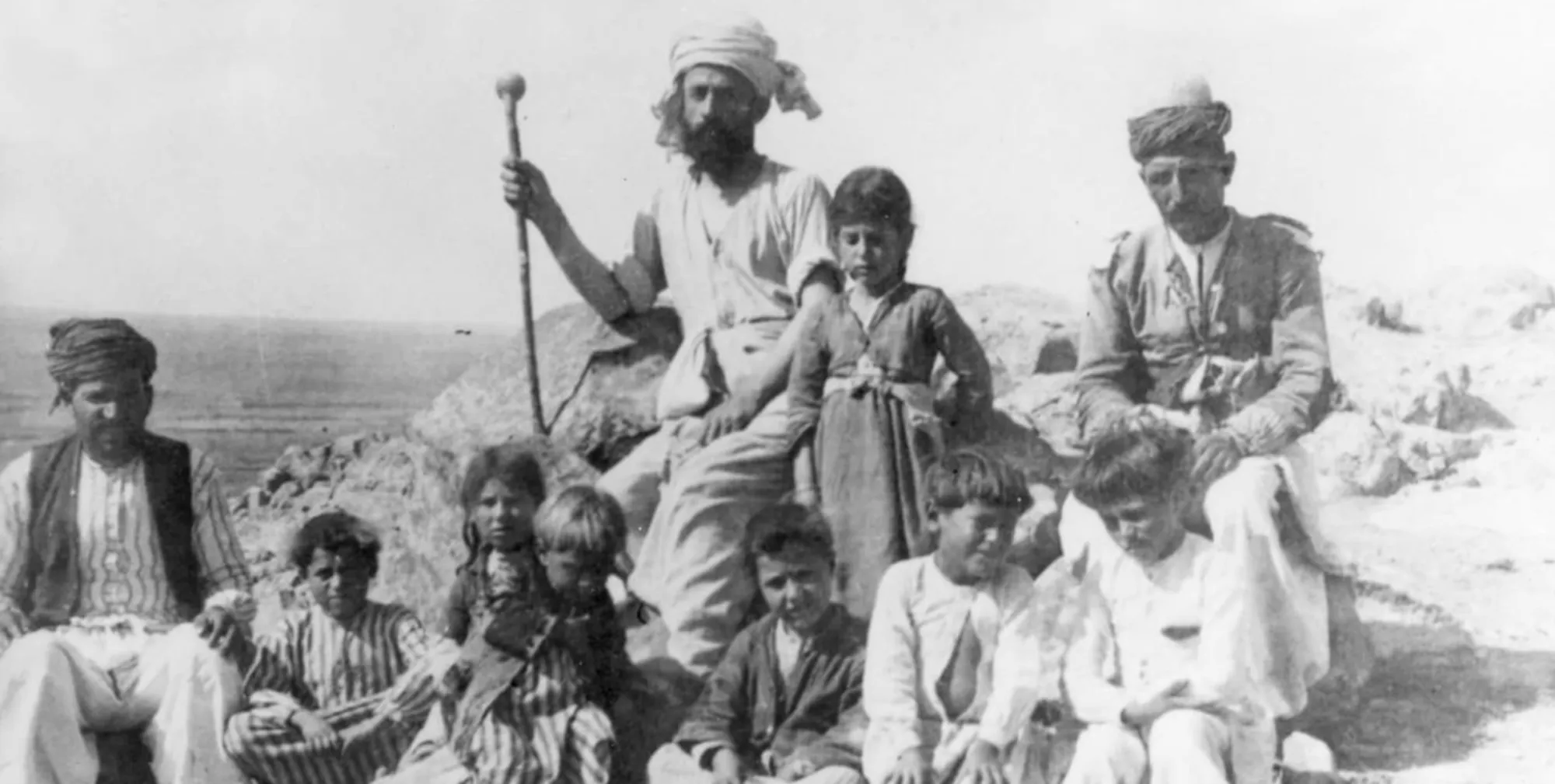‘Cyrano de Bergerac’ is an 1897 French romance play written by Edmond Rostand set in the mid-17th century. The play follows the protagonist Cyrano who is stunted in love by his ugly appearance, namely a large, bulbous nose. Cyrano is in love with his beautiful, intellectual cousin, Roxane, however, she loves a young, handsome soldier named Christian. Christian, too, is infatuated with Roxane, but he believes himself to be intellectually inadequate. Cyrano, a skilled poet and spurned in his love, senses his opportunity to preserve the flame of his passion for Roxane, and agrees to act as mouthpiece for Christian through poetic love letters. The plan succeeds and Roxane and Christian marry. But their happiness is only to remain temporary as tragedy strikes and Christian is shot. Heartbroken, Roxane spends the rest of her life in a monastery. Cyrano remains by her side, however, does not reveal the truth. This remains until Cyrano is fatally injured and, sacrificing his life, visits Roxane for a final time. He begins to read Christian’s final love letter, continuing his recitation in the darkness, as if he wrote the letters himself. Roxane finally realises that the voice she fell in love with was that of Cyrano’s, not Christian’s, and she professes her true love for him and that he must not die. But Cyrano draws his sword for a final time to battle his “old enemies” - falsehood, prejudice, and compromise. And as he collapses to the ground dying, Roxane leaning and kissing him, he smiles, contented by finally confessing the truth of his love and love letters.
The tragic story of Cyrano demonstrates the beautiful and destructive power of the love letter, especially in a world fascinated by chivalry – a genre that dominated European literature from the 12th century until as late as the Victorian period. Chivalry promoted an ideal of love constructed by grand romantic gestures and knightly, Christian honour. Love letters, such as those central to the plot of Cyrano, were a principal of the chivalrous romance, and in the light of the Christian honour of the Age of Chivalry, these letters were often based upon chaste compliments. However, as society evolved into the romantic period, love letters too began to evolve to become more authentic, impassioned expressions of love. This evolution highlights an important aspect of historical love letters; they demonstrate the values, ideals, and fantasies of a period. For Cyrano, in a post-Middle Age, Renaissance world, intellect was a highly significant ideal.
Despite an enormous spike in popularity during the chivalrous period, love letters have existed long before the 12th century. The earliest recorded example of the love letter may be contained within the Bible, The Song of Solomon, “Behold, you are beautiful, my love; behold, you are beautiful; your eyes are doves.” The verse is the voice of two lovers praising each other and demonstrates the universality of writings of love, even within religious contexts. There are further historical examples of the love letter, famously in a French context between Napoleon Bonaparte and his first wife, Josephine. Napoleon would often write to Josephine during his campaigns, and one such letter was intercepted by British forces and published in order to humiliate the then powerful and rising general. This henceforth demonstrates the importance of love letters not just in a personal context to historical figures, but also in further political contexts. This historical event, a valiant soldier professing his passions to his lover may have even served as an inspiration to Rostand in the writing of ‘Cyrano de Bergerac’.
The traditional notion of the love letter, poems scrawled on scrolls from ink pots, may have all but disappeared from modern life and culture, yet the passion of Cyrano and his letters continues to live in popular imagination, perhaps on an even greater scale than ever before thanks to modern technology. Words that may have once been communicated through the page are now communicated through endless text messages. Perhaps Cyrano could even be considered by modern audiences as an early form of ‘catfish’. So, now as one professes their admiration for a loved one, consider the extensive history of your words and the literature they would inspire.
